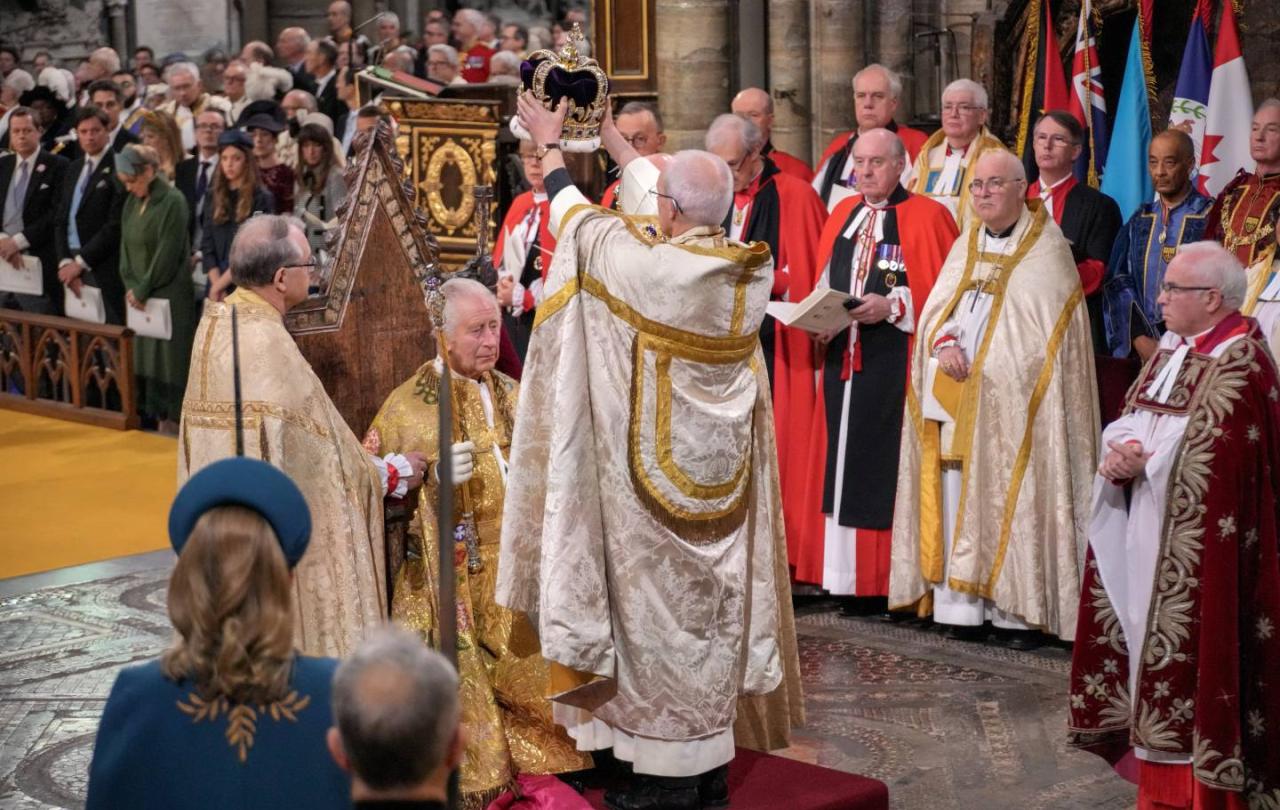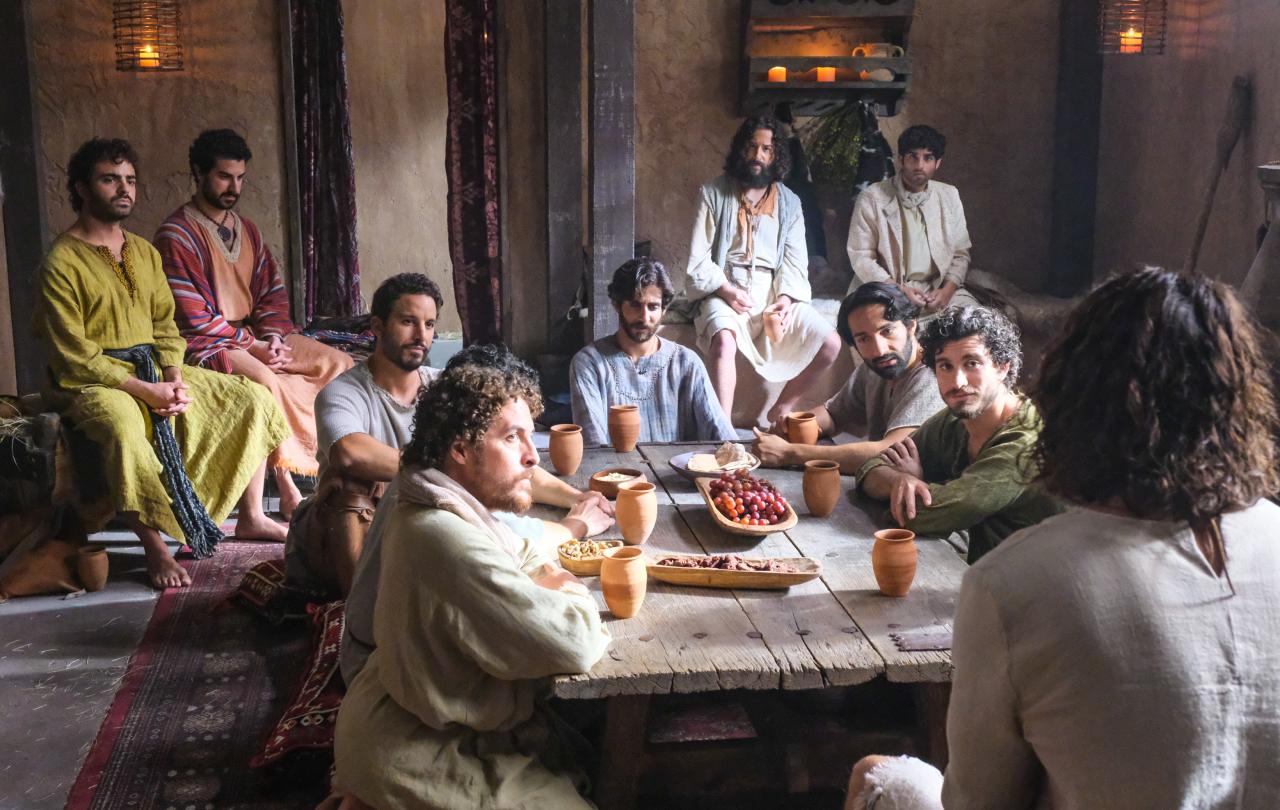
It seems the Roman Catholics have put the Anglicans to shame by the speed with which they have managed to appoint a new Pope. Pope Francis died on Easter Monday, 21 April. Pope Leo was elected on the 8 May. Seventeen days. Pretty impressive. Very few large corporations would replace a CEO in that time, or nations elect a new leader.
Justin Welby, however, resigned on the 12 November 2024. We won't know the name of his successor until the autumn, and that person won't start in place until the spring of 2026. Well over a year.
The Church of England is playing the tortoise while the Roman Catholics are acting the hare.
So why is it taking so long? Is this just fusty Anglican bureaucracy? A depressing instance of Anglicans taking ages over everything, whether sorting out our divisions over sexuality or choosing a new Archbishop?
As always, there is more to this than meets the eye.
The first thing to say is, of course, that events took everyone by surprise. Justin Welby would have had to retire before his 70th birthday in January 2026, and the assumption had been that he would announce the date at some point before then. A process was already in place to make the appointment so that a successor could be named before he departed and start soon after, as usually happens. No-one foresaw the events that led to Welby’s surprise resignation over his handling of the abuse committed by John Smyth, outlined in the Makin Review. In the usual course of things, there would have been a relatively smooth handover. What we have is unprecedented – a year with no Archbishop of Canterbury at all.
There is, of course, the shambles at the Canterbury end, where the diocese has taken three abortive goes at electing their representatives for the body that makes the appointment, the Crown Nominations Commission. More on that here, but even that has not had a significant effect on the timetable, which is following its predicted course, despite bumps along the way.
Even so, many will say, could the system not have been hurried up? Maybe so, and it might have been wise to find ways to hasten the process a little, but the more fundamental answer is that’s not the way the Church of England works and never has.
The biggest reason is that the Church of England and the Roman Catholic churches have different understandings of what the Church is and how it is governed. In short, the Archbishop of Canterbury is not the Anglican equivalent of a Pope.
Back in the days of the English Reformation, after Henry VIII’s ego-driven separation from Rome, which enabled him to divorce his wife who was unable to give him a male heir, and marry the younger and prettier Anne Boleyn, the English church found a kind of settlement under Queen Elizabeth I, several generations later. This proposed that the ‘Supreme Governor’ of the Church of England was not to be the Archbishop of Canterbury but the Monarch. It was a way of expressing the idea that the Church of England is the Church of the people of England. It was the people of England at prayer. ‘We hold,' said Richard Hooker, the great architect of this vision, ‘that… there is not any man of the Church of England but the same man is also a member of the commonwealth.’
If you are a citizen of England, you have a right to be also part of the Church of England – to have your children baptised (once the vicar is sure you know what you’re letting yourself and your child in for), your marriage solemnised, and your body buried in the national church. The Church - although in a local sense is gathered group of Christians who attend public worship - exists for the people of England, whether or not they go to church regularly or not.
Because the Church of England is the church of the people of England, a much larger group of people need to be involved when an Archbishop of Canterbury is chosen. So far, there has been a wide period of consultation, involving the remarkable figure of 11,000 people who have given input – far more than most consultations of this kind. Moreover, the group that appoints the Archbishop is made up, not just of bishops, but lay people, priests, men, women, people representing the diocese of Canterbury, five representatives of the global Anglican Communion, others representing the national Church and so on.
The Church of England in that sense, is no respecter of persons, and refuses to treat the Archbishop as a Pope or a CEO.
For Roman Catholics, the church centres much more around its bishops. So, when it comes to choosing their leader, it makes sense to simply put all the cardinals (the most senior figures in the Catholic Church) in a room until they come up with a name from among themselves. Anglicans have a much longer, messier, more democratic process. It is not an election by a majority vote from a small electorate quickly convened, choosing among themselves, but a process of listening to a wide range of voices, both inside and outside the church.
Because he is not a pope, the Archbishop of Canterbury is in one sense, just another bishop (the next one may be a woman, but all Archbishops so far have been men). Yes of course, he’s an Archbishop, so higher profile than the others, but he is nonetheless a bishop who takes his place among the other bishops of the CofE. Archbishops of Canterbury are regarded with respect and honour by other CofE bishops and Archbishops around the worldwide Anglican Communion, as the (Arch)bishop of the first ‘Anglican’ church – Canterbury. Yet they have no legal jurisdiction at all outside England – or even outside their own Province of Canterbury in the southern half of England. He is not the ‘spiritual leader’ of Anglicans all over the world, like the Pope is for Roman Catholics.
As such, to put it bluntly, his appointment must take its turn among all the others in the queue. The Crown Nominations Commission is made up of people for whom this is not their day job, who give their spare time to it, and who have a programme of episcopal appointments to be made - the next in the queue are St Edmundsbury & Ipswich and then Worcester. Canterbury has to take its turn. To enable this one to jump the queue would be saying something that Anglicans have never said - that this role is much more important than any of the others and must be given special treatment. The Church of England in that sense, is no respecter of persons, and refuses to treat the Archbishop as a Pope or a CEO, without whom the church would fall apart.
The reason the Church of England can survive without an Archbishop of Canterbury for a while, is because its life is not dependent on a central figure, a charismatic leader, or a head office which issues instructions for all the branches to obediently follow. That may work in McDonalds but doesn’t work in the Church of England. The life of the Church of England is in its parishes and dioceses, which carry on doing their thing, even when an Archbishop of Canterbury is not available.
Of course, it might have been possible to speed it up a little. We have missed having an Archbishop speaking in to public life and providing a lead at the national level. But there are good reasons for taking time. And it’s not just inefficiency – it’s because the Church is made up of ordinary Christians, who all deserve a say – and that takes time.
Celebrate our 2nd birthday!
Since Spring 2023, our readers have enjoyed over 1,000 articles. All for free.
This is made possible through the generosity of our amazing community of supporters.
If you enjoy Seen & Unseen, would you consider making a gift towards our work?
Do so by joining Behind The Seen. Alongside other benefits, you’ll receive an extra fortnightly email from me sharing my reading and reflections on the ideas that are shaping our times.
Graham Tomlin
Editor-in-Chief





